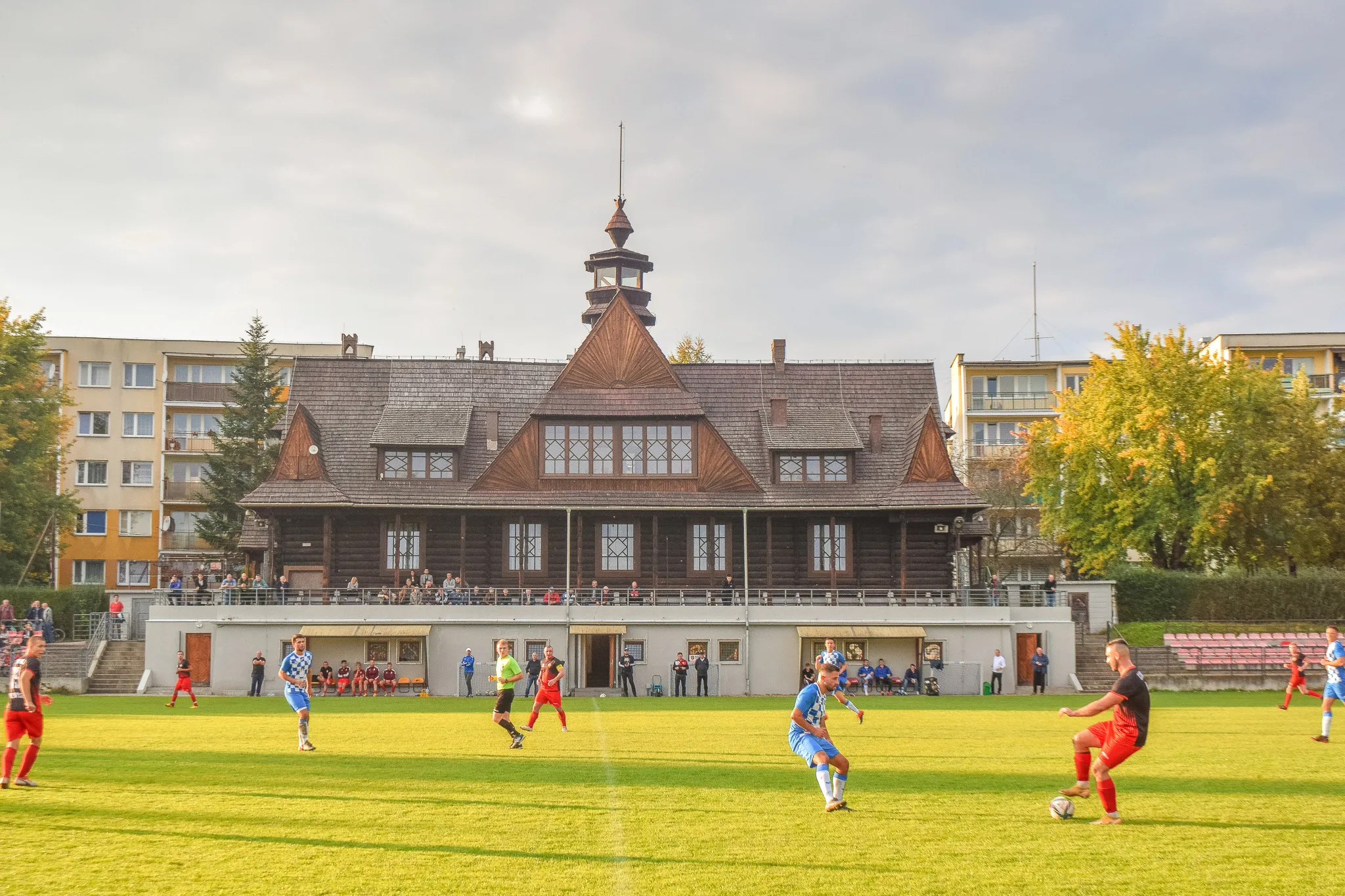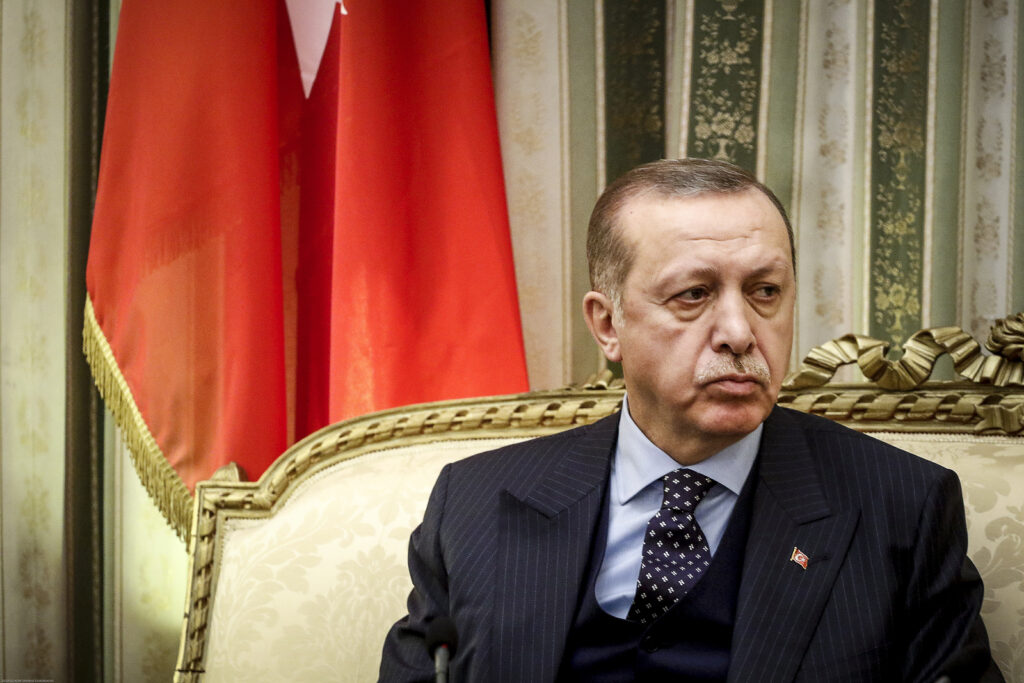The significant defeat of the conservative Justice and Development Party (AKP), led by President Recep Tayyip Erdogan, in Turkey’s local elections on March 31, signals a clear desire for change among the Turkish electorate.
AKP’s failure to win in key cities such as Istanbul and Ankara, which the opposition has held since 2019 and which were fiercely contested on Sunday, along with other major cities, underscore a trend of waning AKP influence at the urban level, where a significant portion of the country’s population and economic activity is concentrated.
This could signify the beginning of the end for Erdogan, as he is no longer in control of Turkey’s economy, and the toll of inflation and the depreciation of the Turkish lira is affecting Turks significantly.
35 vs. 24, Turkey has a new local leadership
Following the municipal election results, Istanbul Mayor Ekrem Imamoglu, the main opponent of the Turkish president and a potential presidential candidate, successfully retained his seat, securing a victory in the country’s largest city, which boasts a population of over 16 million.
The opposition Republican People’s Party (CHP) achieved victories in all major cities across the country, specifically winning mayoralties in 35 cities in the northern, western, and southern provinces.
In contrast, the ruling party secured only 24 mayoralties in the central part of Turkey, marking a significant setback. This all comes just nine months after Erdogan was re-elected as president.
The opposition’s success in major cities, including traditional AKP strongholds like Izmir, Bursa, Antalya, Adana, and again Izmir, alongside notable achievements in other cities, reflects not only a desire for a political alternative but also a vote of no confidence in the AKP’s management of Turkey’s economic, social, and political challenges. These challenges encompass rising inflation, unemployment, restrictions on press and expression freedoms, and concerns regarding human rights and democracy.
The reorientation of the Turkish electorate toward the more secular and pro-Western CHP under the temporary leadership of Ozgür Ozel signifies a potential paradigm shift in Turkish politics. This trend is not only a nostalgic vote for the principles of Mustafa Kemal Ataturk, the founder of modern Turkey, but also a reaction to the current administration’s governance. Kemal Kilicdaroglu’s impressive showing in last year’s presidential election, securing almost 48 per cent of the vote, reflects a growing appetite for a more balanced and open approach to domestic and foreign policy in Turkey.
This resurgence of support for the CHP and its values is perceived as the electorate’s demand for greater democracy, respect for human rights, and a stronger rule of law. It may also indicate a longing for improved and more stable relations with Western entities, including the European Union and the United States, contrasting with the Erdogan administration’s increasingly autocratic and Eastern-oriented foreign policy.
A turning point for Erdogan?
Erdogan’s statement, describing the results as a “turning point” and pledging to rectify mistakes, appears to acknowledge public dissatisfaction.
However, the extent and manner in which he plans to implement these corrections remain uncertain, especially since he has announced that this will be his final presidential term, at least according to current Turkish law.
Furthermore, Erdogan lacks a two-thirds majority in the Turkish parliament required to amend the constitution and potentially secure another term or more.
Speculation about Erdogan’s succession and the potential candidacy of his son-in-law, Selcuk Bayraktar, in the next presidential election introduces a new layer of uncertainty into the Turkish political scene.
Bayraktar, renowned for his contributions to the defence industry, particularly the development of the Bayraktar drones—which have become indispensable to Kyiv in its defence against Russia—might signify a continuation of Erdogan’s foreign policy. However, as a considerably younger politician, he could also bring a change in style and approach.
Turkey’s political landscape is undergoing a transformation, and the results of the local elections could herald significant shifts in the country’s power dynamics.
This period may witness a reconfiguration of political alliances, the rise of new leaders, and a redefinition of national priorities. Yet, many Turks still cannot envision their politics without Erdogan’s iron grip, under which the country has been for more than 20 years.
Simultaneously, these changes could have profound implications not only for Turkey’s domestic politics but also for its international stance and role, particularly in relation to NATO, the European Union, and regional neighbours like Ukraine and Russia. Such shifts may even impact the war in Ukraine to some degree.
Istanbul and Ankara remain firm strongholds of the party founded by Ataturk
The victories of Ekrem Imamoglu in Istanbul and Mansur Yavaş in Ankara, echoing those of 2019, underscore a significant shift in the Turkish political landscape, signaling a change in voter preferences toward the opposition.
These outcomes, reflecting major setbacks for Erdogan’s party in Turkey’s largest cities, can be seen as a wake-up call for the AKP and a clear mandate for change from the populace.
The loss of control over key cities, especially Istanbul and Ankara, is not only symbolic, given their central role in the nation’s economy and culture, but also carries substantial practical implications. These cities are crucial for political and economic clout, and controlling them provides the opposition with a powerful platform to advance its agenda and contest government policies.
Remember, Erdogan’s own rise to power and his ensuing political influence began with his victory in the Istanbul mayoralty in 1994, which is why the mayoralty of the country’s largest and most populous city is considered a stepping stone. Ekrem Imamoglu is anticipated to surpass the expectations of voters nationwide in the next presidential elections in 2028, potentially becoming the new ‘Sultan’ of Turkey.
This article was co-written by Bogdan Cozma, a research assistant at the Black Sea Trust of the German Marshall Fund of the United States (GMF).







